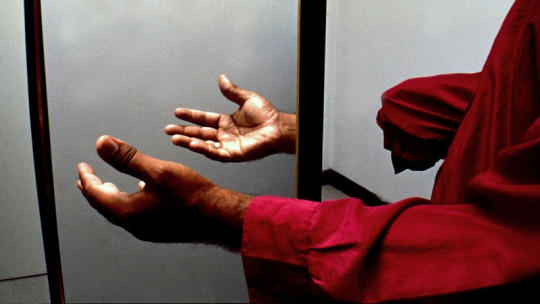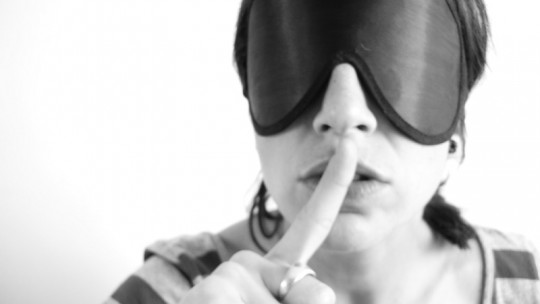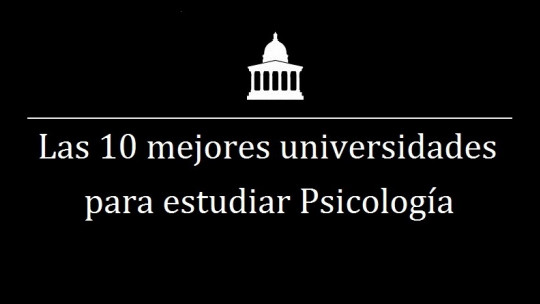He Ghost member a term introduced by Silas Weir Mitchell in 1872, refers to a syndrome suffered by some people who have lost an arm, leg or organ and who continue to experience the sensations of the amputated limbs.
Patients who suffer from this syndrome feel as if they are grimacing, feel itching or experience intense pain.
The brain and the body
According to the neurologist Center of the brain and cognition from the University of California at San Diego, Vilayanur S. Ramachandran almost 70 percent of amputees continue to experience intermittent pain in the missing limb even decades after being amputated, producing devastating consequences in the lives of patients who suffer from it.
Unfortunately, for many years, the treatment had been ineffective because its biological bases were not sufficiently clear Phantom limb sensations may appear immediately after limb amputation or later, but pain usually appears in the first week after amputation. It usually evolves with a reduction in both the frequency and pain attacks, but sometimes the pain can persist for years. In addition, it should be noted that phantom limb syndrome can cause psychological disorders such as depression, anxiety or stress in those who suffer from it.
What causes phantom limb syndrome?
There are several theories that try to explain the cause of the phantom limb. Not long ago a simple and univocal relationship between injury and pain was proposed, but a recent school of thought has located the genesis of the phantom limb in the brain since the cognitive and affective spheres are involved.
The investigations of Ronald Melzack gave rise to the neuromatrix theory , in which the diffusion of pain and its transmission throughout the body is attributed to a complex system in which various areas of the central and peripheral nervous system, autonomic nervous system and endocrine system intervene, directly influenced by several psychological factors, emotional, genetic and social. This theory explains that we can feel sensations of pain in the body caused from within us, that is, from our own body, and through this system we ourselves can cause these sensations to increase, modify or decrease at a given moment. If this matrix is activated in the absence of peripheral sensory information (amputated limb), it would produce the sensation of having a limb present after the loss.
Another line of research is that of the scientist Ramachandran which in his book “brain ghosts ”, gives an amazing explanation. A patient with a phantom limb complained of itching in his missing hand. Doctor Ramachandran, using a cotton swab for his ears, scratched the patient’s face, relieving the itch of his hand. What is the explanation for this? The explanation is found in the Penfield Homunculus In the 1950s, Penfield and Rasmussen demonstrated the existence of a cortical map of body representation in two aspects: motor and somatosensory.
This neurological map has particular characteristics: each part of the body is represented according to its sensorimotor importance (for example: the lips or hands have more cortical representation than the trunk, that is why they are more sensitive), that is, the body is one thing and the representation of the body in the brain is another. If a person loses a leg, arm, or organ, the Penfield homunculus representation of him or her stops receiving information from that effector, but then that area of the map can be invaded by the adjacent representation. In the case of the amputated hand, the adjacent representation is that of the face. In this way, stimulation on the face can make you feel a hand (phantom).
Mirror Box Therapy
This seems to demonstrate brain plasticity, but what about phantom limb pain? Most patients, after an accident, are left with a useless and sore arm. After limb amputation, pain usually persists. Ramachandran think that The basis of this phenomenon is found in learned paralysis , since the phantom limb also lacks mobility and the brain remains fixed on the idea of an arm without movement. For this, the neurologist invented the mirror box.
The mirror box is a box with a mirror in the center, when the patient inserts his unamputated arm, he can see the reflection of his arm in the mirror. Seeing her arm, she feels that the limb is present despite being amputated. The patient then moves the arm, and through the use of the visual feedback and by eliminating potentially painful positions , manages to give feedback to the brain and relieve the pain it feels. Sometimes even the phantom limb disappears.









